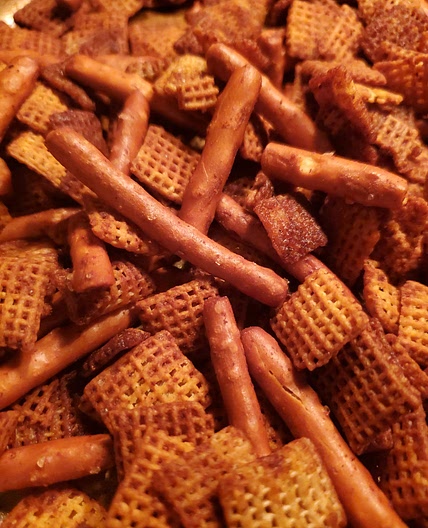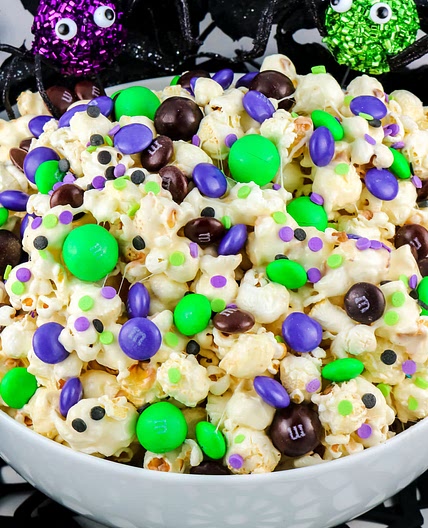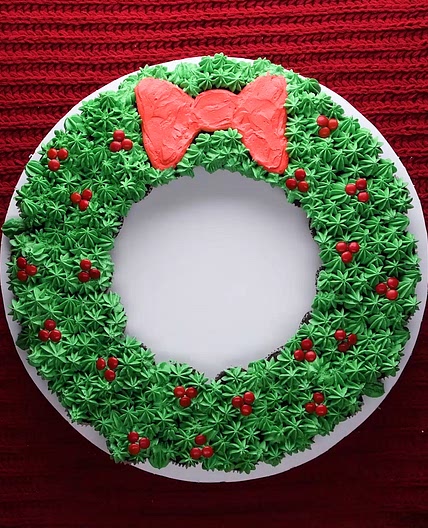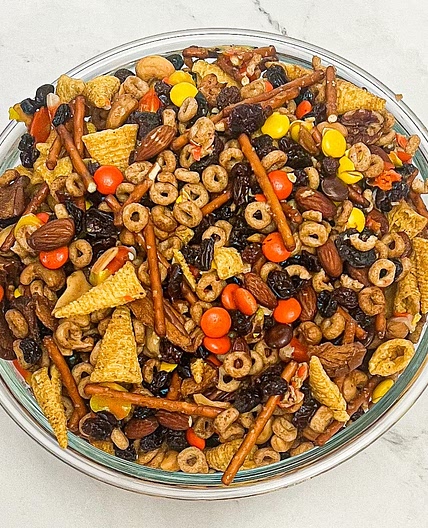Disinfectant Wipes
100%
0
Nutrition balance score
Uh-oh! We're unable to calculate nutrition for this recipe because some ingredients aren't recognized.
Ingredients
1 servings
disinfectant wipes
For bleach-based
1000 ppmBleach
at least, sodium hypochlorite
water
Paper towels
or cloths
storage container
airtight
wipes
For alcohol-based disinfectant
Isopropyl alcohol
or ethanol, also known as grain alcohol
water
Paper towels
or cloths
storage container
airtight
paper towels
or cloths
Towels
Sparkle Pick-A-Size Paper, 6
Instructions
Step 1
First and foremost, note that these disinfectants are intended for surfaces and not humans. They can be harsh on your skin and lungs, so the CDC advises that you handle these solutions while wearing gloves and in a room with proper ventilation.
Step 2
Before using the bleach, alcohol, or an EPA-registered disinfectant it's crucial to take note of the following:
Step 3
If using bleach, ensure that the bottle is not past its expiration date. Additionally, make sure that this bleach is minimally 1000ppm sodium hypochlorite or says that it’s intended for disinfection. Never mix household bleach with ammonia or any other cleanser.
Step 4
If using alcohol, you'll need to dilute it. Isopropyl alcohol contains 91% alcohol content and ethanol (also known as grain alcohol) contains 95% alcohol content. The ideal alcohol content to properly disinfect is 70% isopropyl alcohol or 60% ethanol. Follow the steps below to properly dilute it. If you’re pulling from an older stock of alcohol, make sure that it was kept in an airtight container in a cool, dark place so that the alcohol didn’t partially evaporate. If you’re unsure, purchase a new bottle. Isopropyl alcohol can be purchased online or at your local pharmacy. Ethanol can be purchased at your local liquor store.
Step 5
How to make bleach-based disinfectant wipes:
Step 6
Put on gloves and open a window for proper ventilation.
Step 7
Mix ingredients in an airtight container. Depending on the volume you're looking for, the ratios are either 5 tablespoons of bleach to 1 gallon of water or 4 teaspoons bleach to 1 quart of water.
Step 8
Submerge your paper towels or cloths completely into the diluted bleach for at least 5 minutes to soak up the solution effectively.
Step 9
Tightly close the container.
Step 10
According to the CDC, bleach solutions will only be effective for disinfection up to 24 hours. After that time, you’ll need to make a new batch of diluted bleach every time you want to use disinfectant wipes.
Step 11
How to make alcohol-based disinfectant wipes:
Step 12
Put on gloves.
Step 13
If using 91% isopropyl alcohol, mix 7 cups of alcohol with 3 cups of water.
Step 14
If using 95% ethanol (otherwise known as grain alcohol), mix 6 cups of alcohol with 4 cups of water.
Step 15
Place your paper towels or cloths into an airtight container and fill it with your newly diluted alcohol solution until they are completely submerged.
Step 16
Wait 5 minutes before using so your paper towels or wipes can properly soak up the solution.
Step 17
Tightly close the container and store your wipes in a dark, cool place to prevent alcohol evaporation (or place in a plastic sealable bag for portable wipes).
Step 18
How to use disinfectant wipes:
Step 19
Wipe in one direction to avoid reinfecting areas and leave the surface wet for the appropriate amount of time to properly disinfect.
Step 20
Once you have made your wipes, it’s important to use them properly so that you're not just spreading germs around. Senior lab testing technician, Jonathan Chan, recommends wiping in one direction to avoid reinfecting areas.
Step 21
For bleach-based wipes, the surface needs to remain wet for at least one minute to disinfect it properly. "The thing to remember about sanitizing wipes," says senior scientist, Julia MacDougall, "is that for full effectiveness, you have to let the surface soak for the right amount of time or you're not disinfecting". Remember that any time you’re handling bleach, you should be wearing gloves and in a room with proper ventilation. Don’t wear clothes that you’re particularly fond of while making or using bleach wipes because the bleach may discolor them. You should also avoid cleaning anything metal, especially stainless steel, with bleach because it can cause it to rust prematurely.
Step 22
For alcohol-based wipes, wet the surface completely. Your surface is disinfected once the surface dries. Wear gloves to prevent skin irritation.
Step 23
These wipes are intended for use on hard surfaces. To disinfect soft surfaces such as carpeted floor, rugs, and drapes, the CDC recommends using soap and water or other cleaners deemed appropriate. If you can put them in the laundry, make sure that you launder items according to the manufacturer’s instructions and use the warmest appropriate water setting. Let the items dry completely.
Step 24
You can also disinfect surfaces in your home with an EPA-registered disinfectant spray. The CDC website includes a list of these disinfectants that work on both hard and soft surfaces.
Step 25
The CDC advises to follow this process:
Step 26
Check that your product is EPA-approved.
Step 27
Read the product directions, particularly about what surface it can be used on and any precautionary measures to take.
Step 28
Put on gloves before using, remove after use, and wash your hands thoroughly (with soap and water for at least 20 seconds).
Step 29
Pre-clean the surface if the product directions say so.
Step 30
Make sure the disinfectant remains wet on the surface for the necessary amount of time to ensure effectiveness.
Step 31
Where to use disinfectant wipes
Step 32
There are many surfaces in your home that you probably don’t clean as often as you should. And while hard high-touch surfaces are better incubators for the virus, it can live on soft surfaces such as your clothing and carpets, too. The CDC notes that some of the most high-touch surfaces in your home include:
Step 33
Tables
Step 34
Doorknobs
Step 35
Light switches
Step 36
Countertops
Step 37
Handles
Step 38
Desks
Step 39
Phones
Step 40
Keyboards
Step 41
Toilets
Step 42
Faucets
Step 43
Sinks
Step 44
Tablets and other touch screens
Step 45
Remote controls
Step 46
Clothing
Step 47
Towels
Step 48
Linens
Step 49
Remember, another way to help prevent the spread of the virus is to wash your hands thoroughly (with soap and water for at least 20 seconds) and often.
Notes
1 liked
0 disliked
There are no notes yet. Be the first to share your experience!











